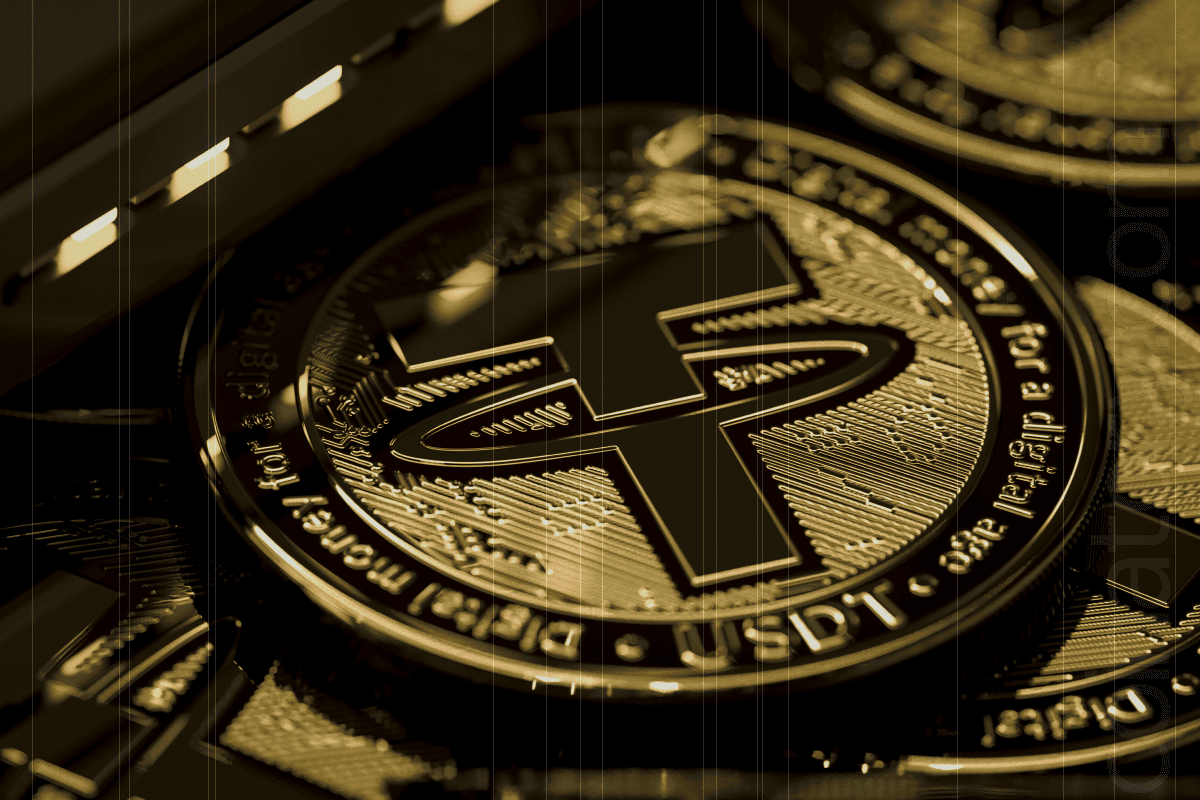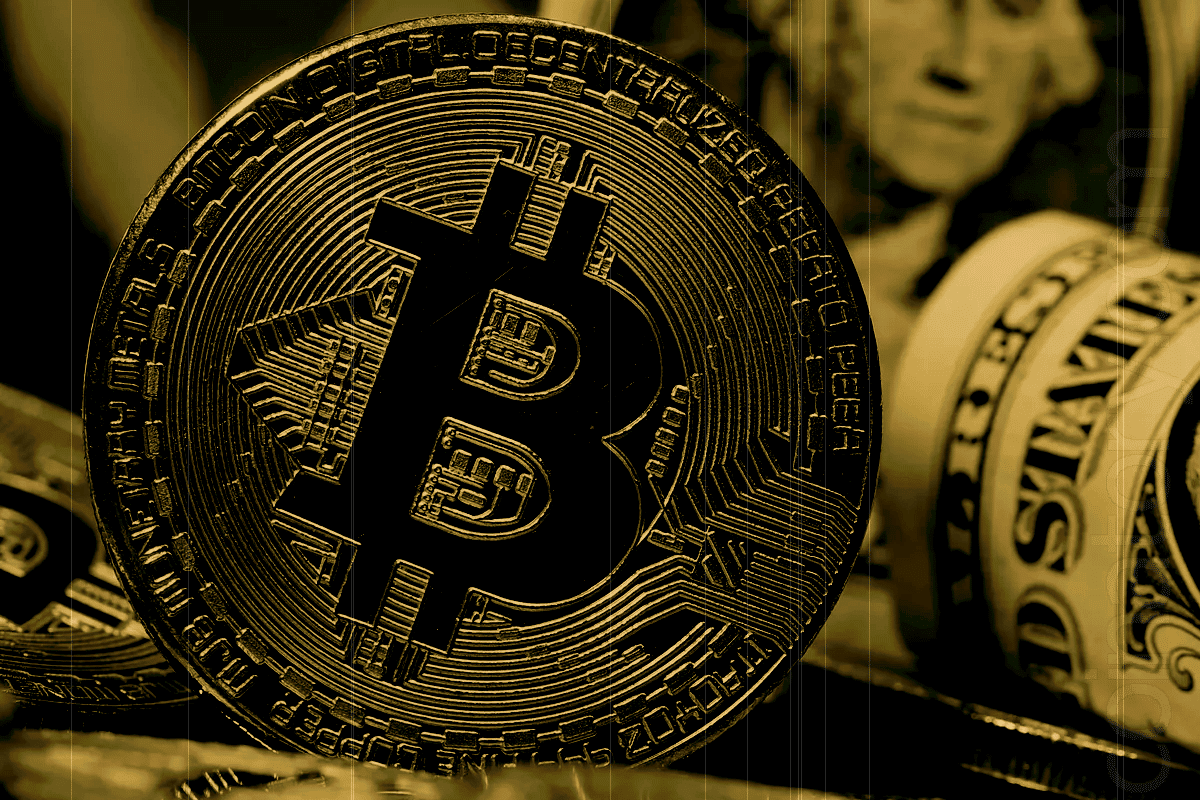
Stablecoins are increasingly viewed by lawmakers, developers, and investors as a critical tool in preserving the United States dollar’s status as the world’s reserve currency. According to Bryan Pellegrino, CEO and founder of LayerZero Labs, these digital assets represent the most effective mechanism to reinforce U.S. financial dominance globally.
In a recent interview, Pellegrino underscored that the cross-border accessibility of dollar-pegged tokens naturally increases international demand for the U.S. dollar. He stated that stablecoins are “the single best tool—the last Trojan Horse or vampire attack on every other currency in the world,” especially in nations plagued by high inflation such as Argentina and Venezuela.
Support for stablecoins is expected to grow across both federal and state levels. Pellegrino pointed to their ability to bolster the U.S. dollar in foreign exchange markets and create a strong economic moat around the dollar’s reserve status.
This outlook is supported by significant developments in U.S. fiscal strategy. During the White House Crypto Summit on March 7, U.S. Treasury Secretary Scott Bessent declared the administration’s intent to leverage stablecoins as a strategic tool for reinforcing the dollar’s global position. He confirmed that ensuring the dollar’s hegemony through stablecoin adoption would be a top policy priority in 2025.
Further validating this stance, Tether has emerged as one of the largest holders of U.S. Treasury bills, now ranking seventh globally—surpassing sovereign holders like Canada, Norway, and Saudi Arabia. As of 2024, Tether’s holdings reached $33.1 billion, demonstrating strong demand for U.S. debt instruments from stablecoin issuers.
The rise of stablecoins is also transforming financial behavior in emerging markets. A 2023 report by Chainalysis revealed that more than half of all digital asset transfers to Latin American countries—including Argentina, Brazil, Colombia, Mexico, and Venezuela—were denominated in stablecoins. These dollar-pegged tokens are favored for their low transaction fees, price stability, and near-instant settlement times, making them particularly attractive for remittances and as a hedge against inflation in countries with capital controls.
As both public policy and market dynamics align, stablecoins are poised to play a pivotal role in preserving and expanding the United States dollar’s dominance in the evolving global financial system.







